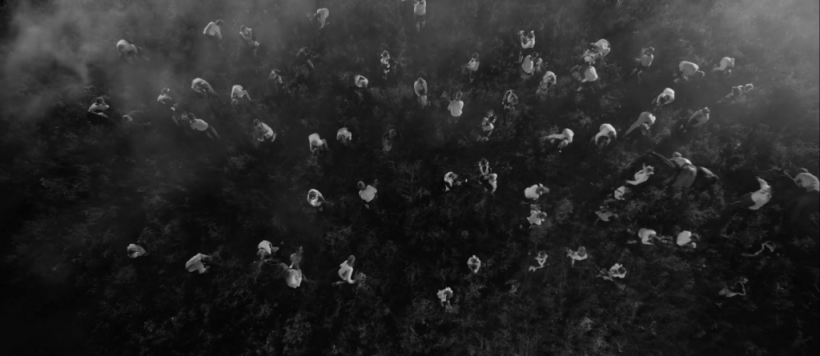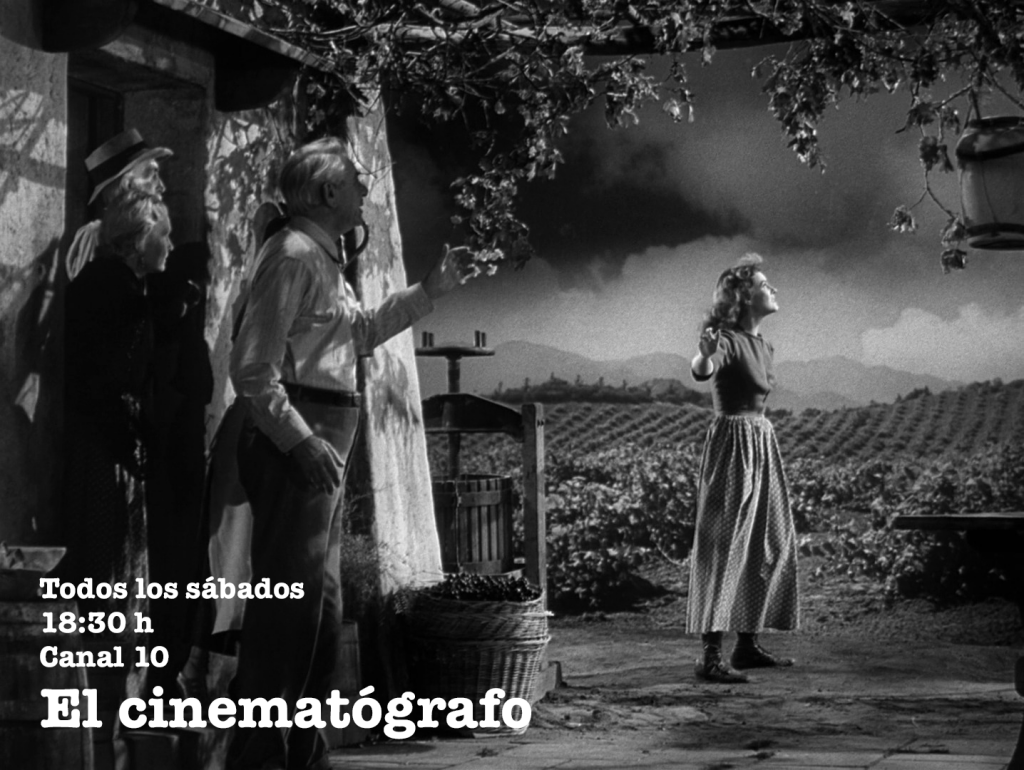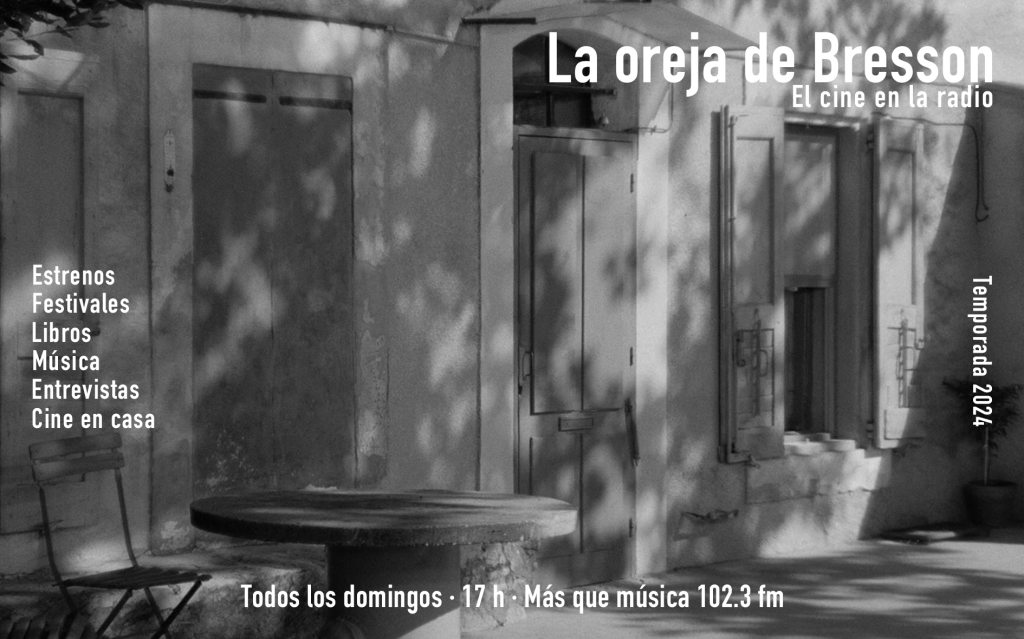
SHORT REVIEWS (23): COLLECTIVE MYTHS
*** Masterpiece ***A Must See **Worth Seeing * Has a Reedimg Facet ° Worthless
 Ausma / Dawn, Latvia-Estonia-Poland, 2015 (***)
Ausma / Dawn, Latvia-Estonia-Poland, 2015 (***)
By Roger Koza
The message lies on the poetics; and the true plot is to be found within the formal logic of the shots and the laborious work of putting them together. The first evidence of this lies on a Stalinist oxymoron—young Pavlik Morozov, a 13-year-old Soviet boy scout, betrays his father by denouncing him to the State. Then, the kid’s family murders him. This is the genealogy of a revered Red martyr. But, did these events actually happen or is it all just a Soviet tale?
Pakalnina takes this legendary Soviet myth of filial renouncement and sets it thirty years later, in a specific location—a rural area in Latvia. Janis bids farewell to his mother, killed by his father; then, he denounces his remaining parent for the murderous act (and other ones too) and immediately adopts the local community, and Uncle Karliss, the koljós leader, as his true family. And since he has become a public figure and holds an aura of sanctity, it is easy to foresee the end of the story. However, this State and family drama is not quite the center of a tale that focuses on depicting the astonishing collective physical power of the members of a collective farm called Ausma. Taking apart a church, preparing fields for seeding, adapting a factory; here, all of these actions are just as relevant as taking care of a wounded child. What matters the most is constant movement, the everyday transformation of History—and this explains the choice of tracking shots for many of the collective scenes.
And though we’ll never get to know exactly the nal version of Eisenstein’s Bezhin Lug, another film on the Pavlik theme, Pakalnina’s version doesn’t try to insult or praise the Soviet hero or his times; rather, the filmmaker is fascinated with something beyond mere nostalgia or the defense of an era, she wants to reconstruct the zeitgeist of those days though it might be impossible to measure it against the rule of current perception. The film aims to convey an intersubjective sensibility through a careful dialectic established between panoramic shots of crowds and close ups of individuals. All in all, this anachronistic black-and-white and not-without-humor Communist symphony is truly a cinematic aerolite with compositions that rekindle a dwindling tradition that has always understood space as the quintessential dramatic entity.
Roger Koza / Copyleft 2016





Últimos Comentarios